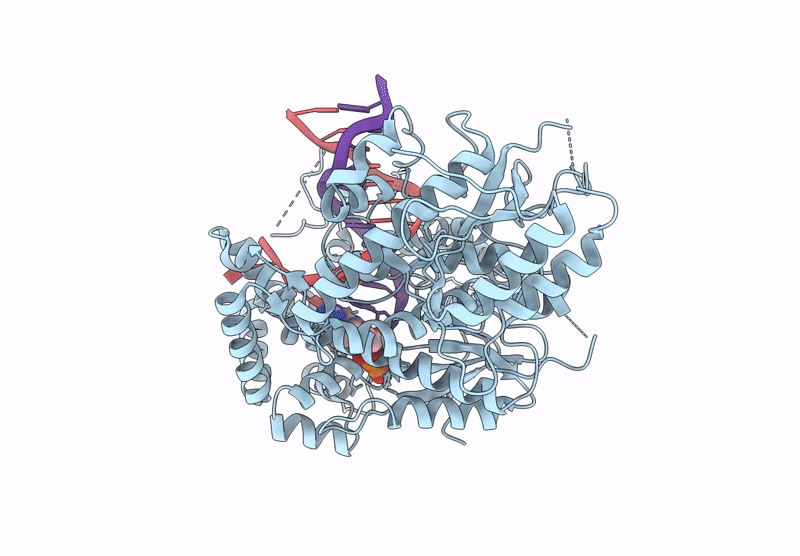
Deposition Date
2024-02-28
Release Date
2025-03-05
Last Version Date
2025-03-12
Entry Detail
PDB ID:
9AU5
Keywords:
Title:
Ternary complex of human DNA polymerase theta polymerase domain with a cognate C:G base pair
Biological Source:
Source Organism:
Homo sapiens (Taxon ID: 9606)
Host Organism:
Method Details:
Experimental Method:
Resolution:
3.11 Å
Aggregation State:
PARTICLE
Reconstruction Method:
SINGLE PARTICLE


